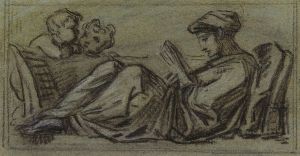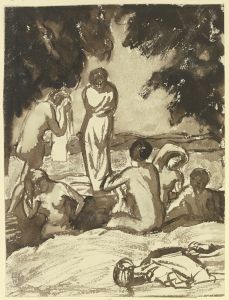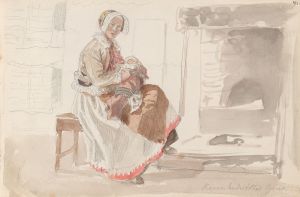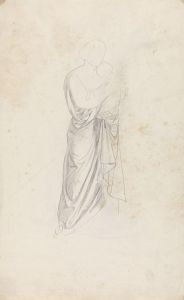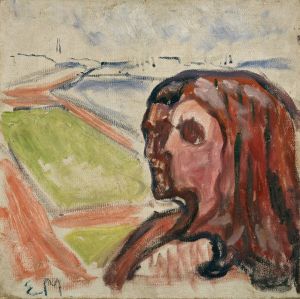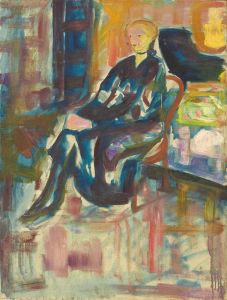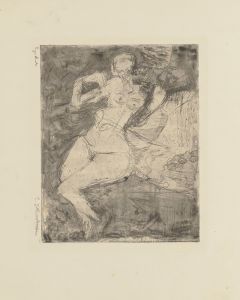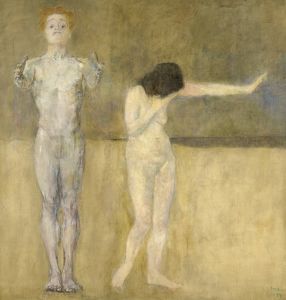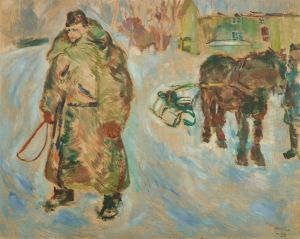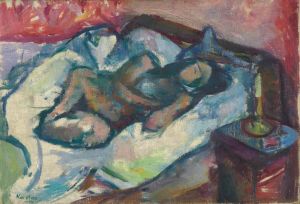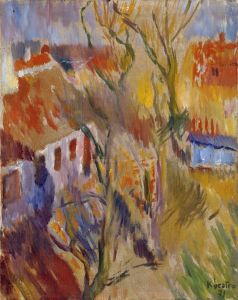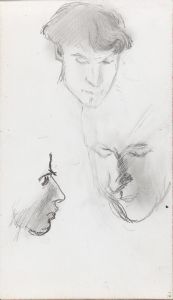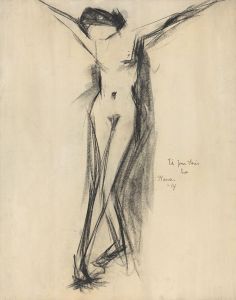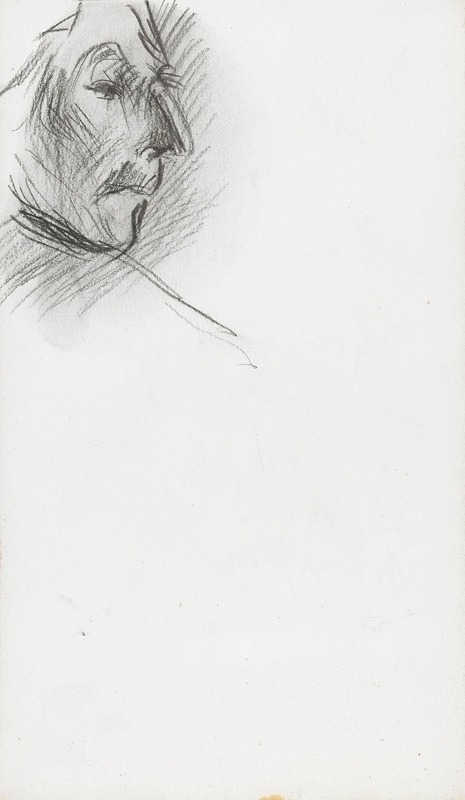
Mannshode
A hand-painted replica of Ludvig Karsten’s masterpiece Mannshode, meticulously crafted by professional artists to capture the true essence of the original. Each piece is created with museum-quality canvas and rare mineral pigments, carefully painted by experienced artists with delicate brushstrokes and rich, layered colors to perfectly recreate the texture of the original artwork. Unlike machine-printed reproductions, this hand-painted version brings the painting to life, infused with the artist’s emotions and skill in every stroke. Whether for personal collection or home decoration, it instantly elevates the artistic atmosphere of any space.
Ludvig Karsten was a Norwegian painter known for his expressive and colorful style, often associated with the Neo-Impressionist movement. However, there is limited information available specifically about a painting titled "Mannshode" by Ludvig Karsten. It is possible that this work is lesser-known or not widely documented in available art historical resources.
Karsten, born in 1876 in Oslo, Norway, was a prominent figure in the early 20th-century Scandinavian art scene. He studied at the Norwegian National Academy of Fine Arts and later in Paris, where he was influenced by the works of Henri Matisse and other contemporary artists. Karsten's style is characterized by bold colors and dynamic compositions, often depicting everyday scenes and landscapes.
Throughout his career, Karsten was known for his ability to capture light and emotion in his paintings. His works often reflect a vibrant use of color and a loose, expressive brushwork that conveys a sense of movement and energy. This approach aligns with the broader trends of the Neo-Impressionist movement, which emphasized the use of color and light to evoke mood and atmosphere.
Karsten's oeuvre includes a variety of subjects, from portraits and still lifes to landscapes and interiors. He was particularly adept at capturing the nuances of human expression and the interplay of light and shadow. His paintings often convey a sense of immediacy and intimacy, drawing the viewer into the scene.
Despite his talent, Karsten's career was marked by personal struggles and a somewhat tumultuous life. He faced financial difficulties and health issues, which affected his productivity and output. Nevertheless, he remained a respected figure in the Norwegian art community and continued to exhibit his work throughout his life.
Karsten's contributions to Norwegian art were significant, and his works are held in various collections, including the National Museum of Art, Architecture and Design in Oslo. His influence can be seen in the works of later Norwegian artists who were inspired by his innovative use of color and form.
While specific details about the painting "Mannshode" are not readily available, it is likely that the work embodies the characteristics for which Karsten is known: vibrant color, expressive brushwork, and a keen attention to the effects of light. As with many artists of his time, Karsten's legacy is appreciated for its contribution to the development of modern art in Norway and beyond.
In summary, Ludvig Karsten was a significant figure in early 20th-century Norwegian art, known for his expressive style and innovative use of color. While detailed information about the painting "Mannshode" is not available, Karsten's broader body of work continues to be celebrated for its emotional depth and artistic skill.





